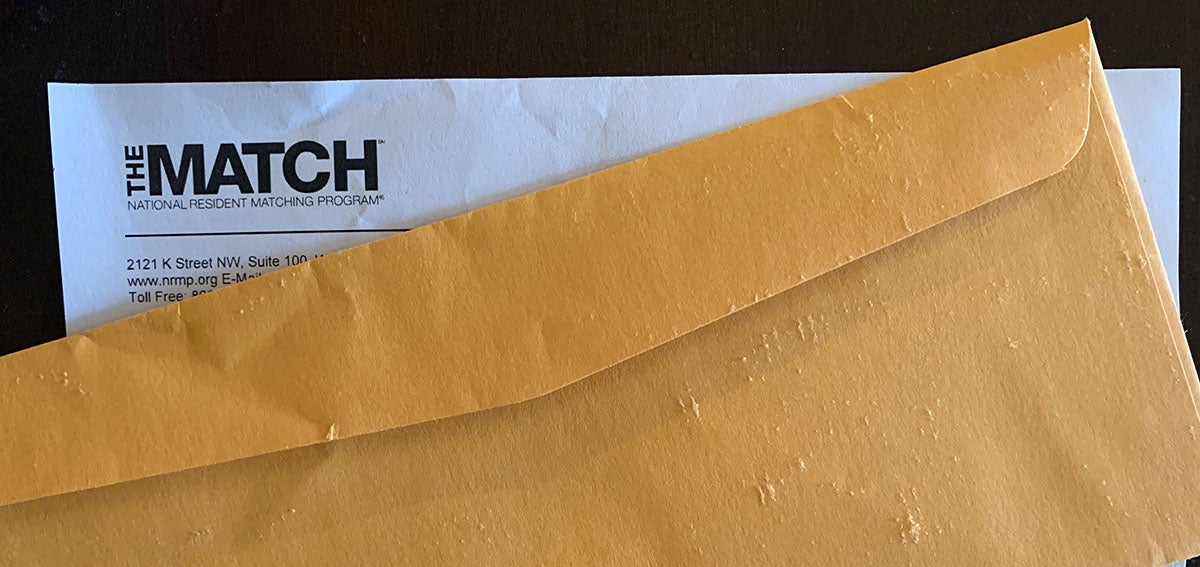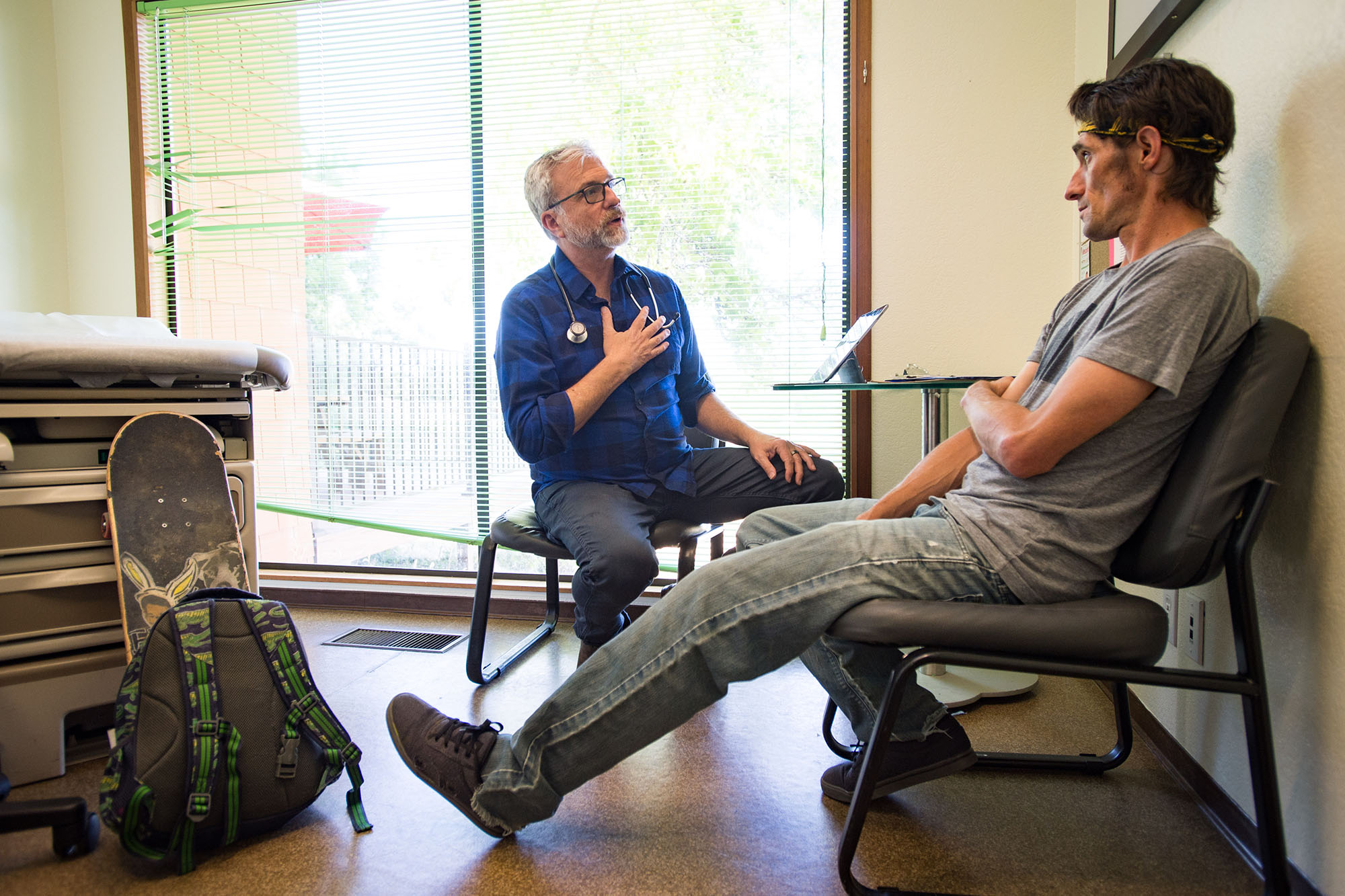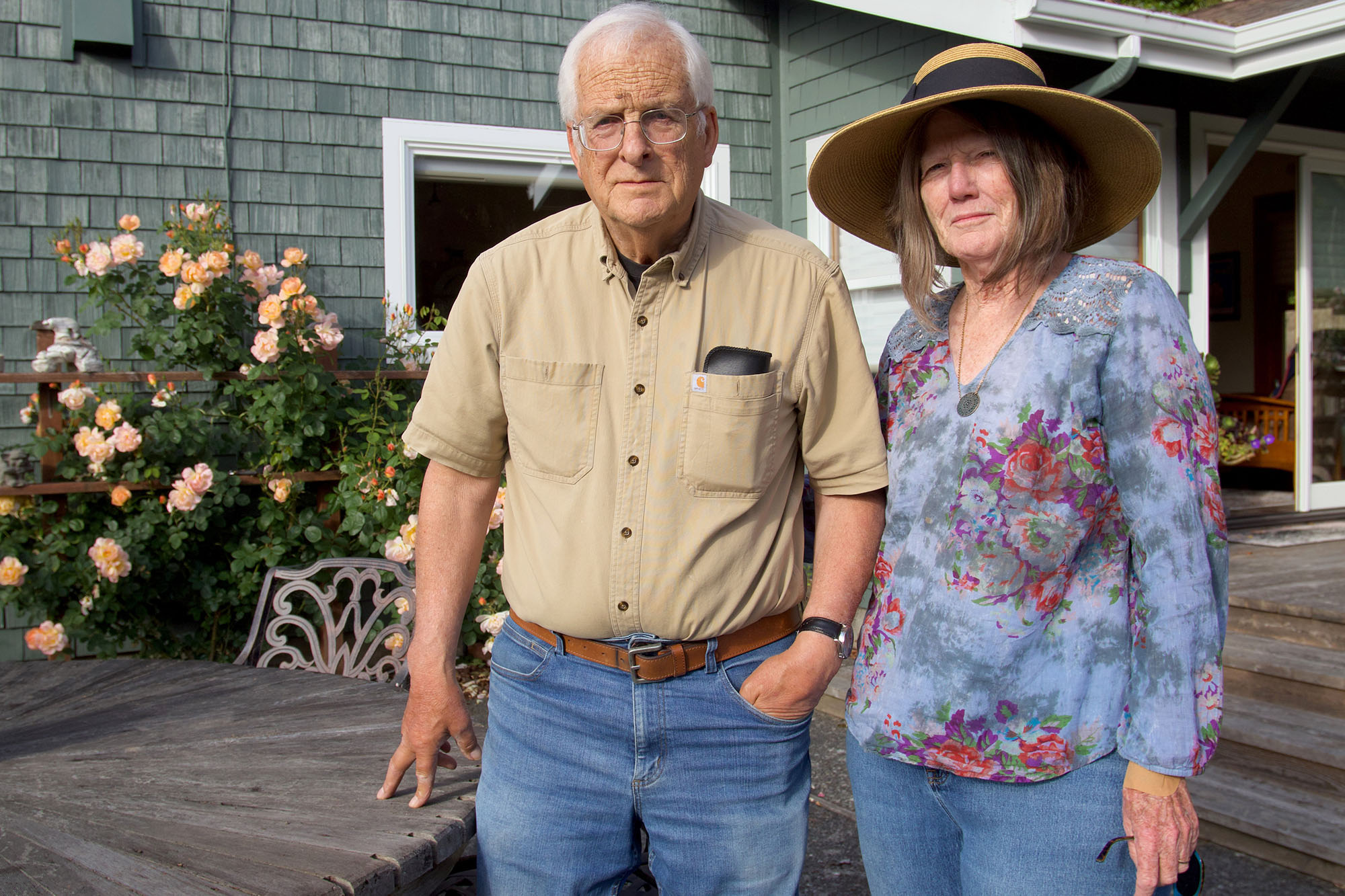
Every year on the third Friday in March, tens of thousands of graduating medical students find out where they will continue their training by working as medical residents. The US spends close to $20 billion each year to fund those residencies, with 20% of that money going to programs in New York State alone. But now, as the coronavirus pandemic underscores the importance of a physician workforce that can deliver health care services, why isn’t the country getting the doctors we need?
The inability of states to produce the physician workforces they need can lead to delays in routine care, especially in rural and underserved communities, as well as long wait times for specialists. Research shows, for instance, that people who live in rural areas die younger from heart disease, cancer, and stroke.
Listen to the full episode of Tradeoffs below or read the transcript, and visit the Tradeoffs website for more information.
Tradeoffs: Match Day —
Cohosts
Anupam Jena, MD, PhD, associate professor of health care policy at Harvard Medical School
Dan Gorenstein, Health care journalist and executive producer of Tradeoffs
Guests
Candice Chen, MD, MPH, associate professor in the Department of Health Policy and Management at George Washington University
Ted Epperly, MD, president and CEO of the Family Medicine Residency of Idaho
Atul Grover, MD, PhD, executive vice president of the Association of American Medical Colleges
The California Health Care Foundation is a cofunder of Tradeoffs.
Authors & Contributors

Steven Birenbaum
Steven Birenbaum is a former senior communications officer who supported CHCF’s work to improve care for patients with complex chronic conditions, including older adults and people experiencing homelessness. As a grantmaker, he set strategy to strengthen and support nonprofit journalism in California, overseeing grants to public media outlets, a data fellowship program, and the daily news digest California Heathline.
Prior to joining the foundation, Steven was executive writer at Blue Shield of California. As a writer, his work has been published in The New York Times, Newsday, the Stanford Social Innovation Review and KQED Radio, among other outlets. Steven received a bachelor’s degree in political science and history from the University of Wisconsin-Madison and a master’s of public affairs from the LBJ School of Public Affairs at the University of Texas, Austin.





